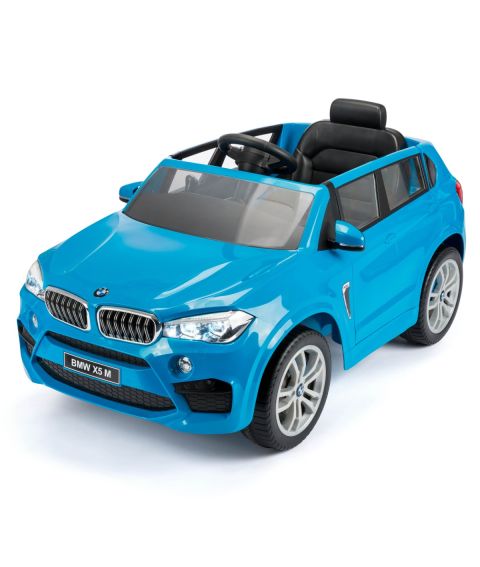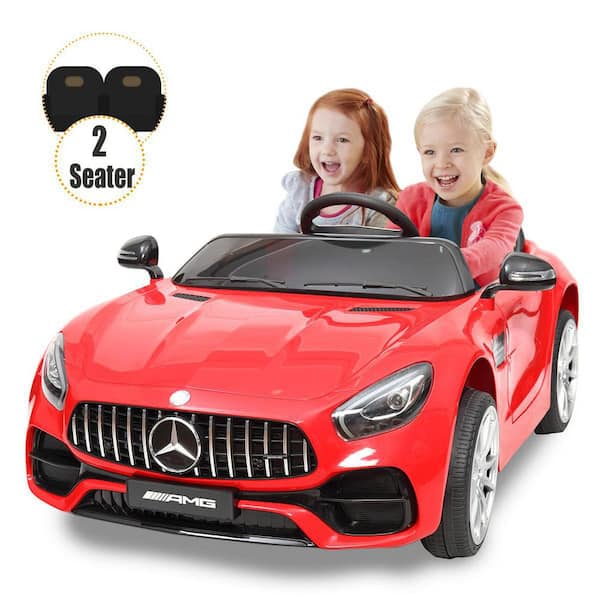Free Suggestions For Choosing Kids Cars
What Should I Know About The Battery Life And Charging Time Of An Electric Ride-On Kids Car?Understanding the charging time and the battery's life span for an electric ride on kids Cars will allow you ensure that the kids have uninterrupted play time. Here's what you should be aware of - Battery type -
The majority of electric vehicles are rechargeable and use either lithium-ion or lead-acid batteries. Lithium ion batteries offer longer battery life than lead-acid batteries and charge more quickly.
Battery Capacity -
The capacity of the battery can be measured in either watts-hours, or ampere-hours. Higher capacity batteries offer longer playtime between recharges.
Run Time -
The runtime of an electric car is the length of time that a vehicle can be operated continuously with only one charge of battery. It is contingent on a variety of factors including the capacity of the battery along with motor speed, terrain, and the weight of the rider.
Common run times for electric vehicles vary between 30 minutes and 2 hours on just one charge. However, some batteries that have high capacity may have longer time-to-run.
Time to Charge
The charging duration is how long it will take to recharge a fully depleted battery. The charging time may differ depending on the battery's capacity or charger specifications.
On average, charging times for electric ride-on vehicles vary between 8 to 12 hours to complete a charge. However, certain models provide faster charging times, particularly when using lithium-ion batteries.
It's crucial to follow the instructions of the manufacturer when charging in order to ensure the security and longevity of the battery. Overcharging or undercharging the battery could affect its performance and lifespan.
Charge Methods -
Electric ride-on vehicles are typically equipped with a charger that can be connected to an ordinary outlet in the home. Some models are equipped with quick-charging capabilities or a smart charger which monitors the state of the battery and adjusts charging rates accordingly.
Make sure that the charging connector and port can be used with the charger provided by the ride-on vehicle in order to protect the battery or electrical system.
Additional Batteries
Some electric ride-on vehicles provide the option of purchasing additional batteries or spare batteries to allow for extended playing time. By having extra batteries available you can exchange the battery that has been depleted to a fully charged one to cut down on time.
Knowing the battery's life and charging time of an electric ride-on children' car ensures that your child has uninterrupted playtime and adventures as they explore their surroundings. The battery performance and life can be improved by regular charging of the batteries and following proper charging practices. Take a look at the most popular JCB ride on toys for more info including electric two seater cars, toy cars, toy car, ride ons, electric car ride, toy in car, toy with car, car toy car toy, toy car toy car, electric ride on cars and more. .

How Are Models For Children's Cars Designed For Indoor And Outdoor Use?
These models have been designed with features and characteristics that are specific to the environment and the use situation, whether outdoors or indoors. Here are the differentiators between these models Indoor Use Cars
Size and weight Cars designed that are designed for indoor use tend to be lighter and smaller, allowing them to be more comfortable in tight spaces like hallways, living rooms or playrooms. They're small enough to fit through tight corners and narrow passageways without damaging furniture or walls.
Low Ground Clarity Low Ground Clarity - Indoor vehicles have lower clearances that prevent them from getting stuck, or snagged, on obstacles, such as carpets, rugs, or thresholds. This allows for smooth and free movement across indoor surfaces.
Smooth Wheels. The majority of cars that are indoor feature wheels made of substances that have a smooth surface, like rubber or plastic. These wheels offer better grip and traction when used on smooth surfaces like hardwood floors, laminate flooring or tiles. The wheels are made to minimize noise and prevent scratching or scuffing surfaces.
Temporary Speed - For indoor use, cars usually have lower speeds than normal in order to make sure that they can be controlled and operated safely in tight space. This can help avoid collisions or accidents with walls, furniture or other obstacles in the indoor space.
Outdoor Use Cars -
Durable Construction - Cars designed that are designed for outdoor use are constructed with sturdy materials. They include tough plastics or metals to withstand the harsh elements outside such as humidity, sunlight and temperature fluctuations. They are designed to withstand the harsh environment of outdoor usage.
For use outdoors, vehicles with higher ground clearance can traverse obstacles and bumps outdoors. This allows the car to move over rough surfaces without damaging or getting stuck.
Traction tires - Tires for outdoor vehicles usually come with treads and patterns that provide more grip and traction on slippery or uneven surfaces. This gives you more control and stability when driving on terrains that are outdoor.
Weather Resistance: Outdoor-use cars usually have features that are weatherproof, like sealed electronics, or casings that are waterproof. They could also utilize resistant to rust to protect themselves from moisture. This permits the vehicle to endure rain, mud or puddles and still perform well.
High Speed - Outdoor use cars usually have higher maximum speeds to accommodate open spaces and longer distances typically encountered in the outdoors. This can provide a thrilling and thrilling riding experience for kids who are exploring the outdoors.
Consider these features and characteristics when selecting a car for your child's car. It is designed to the conditions and uses that you envision regardless of whether it's outdoors, indoors or both. You can be sure of a long-lasting, fun and safe play experience. Follow the top rated JCB ride on toys for website info including car toy car toy, childs electric ride on car, ride a toy, ride ons, ride on digger, race car toy car, race car toy car, two seater electric cars, electric ride on, toy car for car and more. .

How Do You Determine The Budget For Your Ride-On Kid's Car Purchase?
In order to set an achievable budget for your kid's ride-on vehicle, it is crucial to take into consideration a variety of factors. These include characteristics, durability as well as financial conditions. Here's how to establish a budget and discover the best price for your money. Find Average Prices
Find out the cost average for the particular model of child's ride-on car that you would like to purchase. Prices for different types can be found on online retailers, toy stores and manufacturer's websites.
What are the essential features?
Select the features your child will need to ensure their safety and enjoy. Features like working headlights or realistic sound effects could affect the cost of the item.
Prioritize the features you want according to what your child's needs as well as your budget.
Consider Durability & Longevity
Select ride-on vehicles that are made of durable materials like high-quality metals or plastics. These can withstand frequent use and weather conditions.
To determine the endurance and longevity of various models, read reviews and ask parents for suggestions. A higher upfront investment in a quality ride-on vehicle may result in long-term savings through a reduction in repairs and replacements.
Compare prices at various retailers
Comparing prices across retailers will enable you to find the most affordable bargains. Look up local toy stores, department stores and other specialty stores for the most competitive prices and specials.
Be on the lookout for sales, discounts or clearance deals. These can help you get a better deal on your purchases without compromising the quality of your purchases.
Add in additional costs -
Be aware of any additional expenses, such as shipping costs tax, accessories, and so on. (e.g. spare batteries and safety equipment).
Set aside the cost of your vehicle, including all accessories or maintenance.
Budget realistically
After looking into the options available and evaluating the financial position of your family, you can create your budget to reflect your needs and prioritizes. Decide on the amount you're willing to spend on a ride-on car while considering features, durability, and longevity.
Spending too much on features that aren't needed or that don't add value to the enjoyment of your child is not advised.
Take into consideration the value of long-term planning Consider the long-term value
Consider the long-term worth of the car that your child rides on by looking at its longevity as well as its versatility and capacity to evolve with your child. A quality model that has many features could prove more beneficial over time than a lesser, less durable alternative.
Set a realistic budget to purchase a ride on car for children. Compare prices, features and durability. Concentrate on factors that are crucial to your child's satisfaction and safety while staying within the limits of your budget. View the best electric kids cars kidscars.co.uk tips for more info including toy the car, toy cars, electric toy car, race car toy, car electric ride on, pedal car, childs ride on car, ride on toy, toy ride, childrens electric cars and more. .
